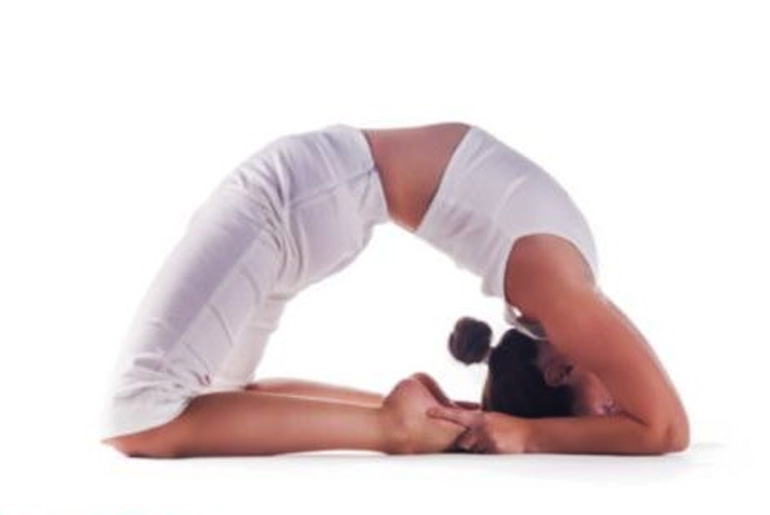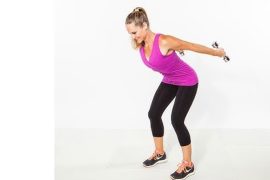Kapotasana, commonly known as Pigeon Pose in yoga, is a powerful backbend that targets various muscle groups, including the hip flexors, thighs, chest, and shoulders. This asana involves arching the back deeply, facilitating the extension of the entire spine. Regular practice of Kapotasana contributes to increased flexibility and mobility in the spine by stretching and engaging the muscles along the vertebral column.
Additionally, the pose opens up the chest and encourages extension in the thoracic spine, providing relief from stiffness and promoting a more upright posture. However, it is crucial for practitioners, especially beginners, to approach Kapotasana mindfully, and consultation with a qualified yoga instructor or healthcare professional is advisable to ensure proper technique and prevent any potential injuries.
How to perform Kapotasana to enhance spine flexibility:
Starting Position:
- Begin in a tabletop position with your wrists directly under your shoulders and your knees under your hips.
Setup for Pigeon Pose:
- Slide your right knee forward toward your right wrist, positioning it slightly to the right of the hip.
- Extend your left leg straight back behind you, keeping the toes pointed. Ensure your hips are squared to the front.
Alignment:
- Inhale as you lengthen your spine, lifting your chest and looking forward.
Exhale as you slowly walk your hands forward, lowering your chest towards the floor.
Deepening the Stretch:
- If comfortable, you can lower your forearms to the ground and eventually bring your forehead down, aiming for a deeper stretch.
Repeating on the Other Side:
- After holding the pose for a set duration (breathing deeply), gently come out of the pose and switch to the other side, bringing your left knee forward.
Breathing:
- Focus on deep and steady breathing throughout the pose, allowing your breath to facilitate the stretch and release tension.
Consistency is Key:
- Regular practice of Kapotasana, along with other yoga poses that target spine flexibility, can contribute to increased suppleness and mobility in the spine over time.
Modification and Props:
- If needed, use props like blocks or bolsters to support your body and gradually work towards a deeper expression of the pose.
Benefits of Kapotasana:
- Spine Flexibility: Kapotasana actively engages the spine, promoting flexibility and mobility.
- Hip Opening: The pose stretches and opens the hip flexors, enhancing hip flexibility.
- Chest and Shoulder Stretch: Kapotasana expands the chest and shoulders, counteracting the effects of slouching and poor posture.
- Strengthens Back Muscles: The pose strengthens the muscles along the spine, contributing to improved posture.
It’s essential to approach Kapotasana with awareness, respecting your body’s limits, and avoiding overexertion. If you are new to yoga or have any pre-existing health conditions, it’s advisable to consult with a qualified yoga instructor or healthcare professional before attempting advanced poses like Kapotasana. They can provide personalized guidance and adjustments based on your individual needs and abilities.
Disclaimer:
The information contained in this article is for educational and informational purposes only and is not intended as a health advice. We would ask you to consult a qualified professional or medical expert to gain additional knowledge before you choose to consume any product or perform any exercise.








